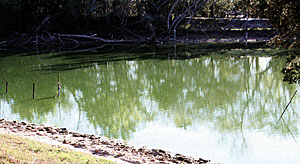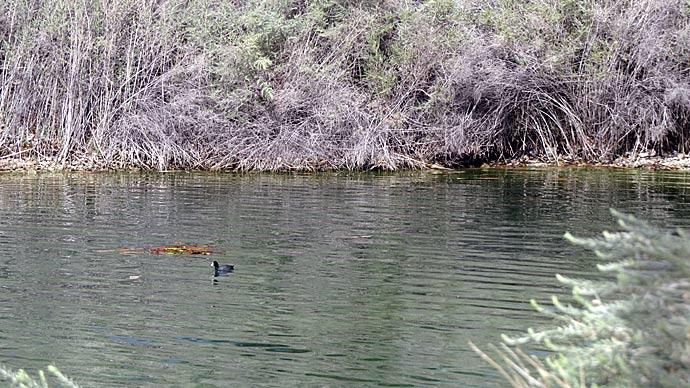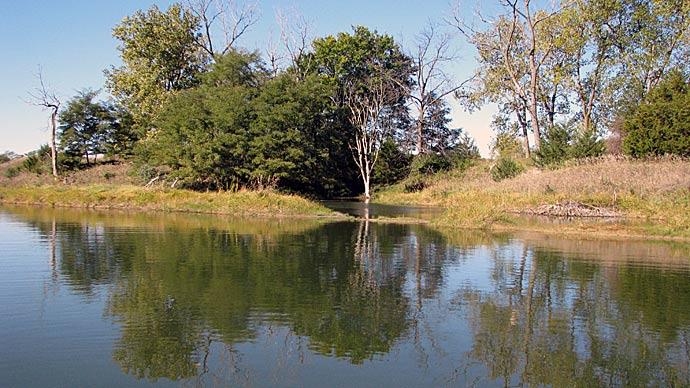
Mark Dauber's central Alabama pond is a thick, soupy green color. It looks likes the green stuff that Linda Blair said "Adios" to in "The Exorcist" back in the 1970's. He asked, "Why is my pond this color?"
Dauber's wife Margaret is afraid their fish are gonna die.
They might.
What makes a pond's water its color?
In the Dauber's pond, the area is in an extended drought and the water is nutrient loaded. They have several different kinds of soils which influence mineral content. Right now, Dauber has what he calls, "The Mother of all plankton blooms."
With visibility pushing four inches or less, Dauber's lake has issues. His is the perfect scenario for a fish kill. He has already had two during the life of his lake.
Dauber's case is a classic example of how nature uses nutrients. Mix the "right" temperatures with nutrients; stir in some sunlight and voila, plankton. With too much nutrient concentration, plankton blooms become heavy. Two basic types of plankton dominate our mindset. Phytoplankton is "plant" plankton ... zooplankton is "animal" plankton. Plant plankton depends on sunlight, animal plankton depends on plant plankton. Here's the good news. When baby fish are hatched, they have no energy stores and their mouths are smaller than the head of a pin. They glean their food from the water. Plankton is good... especially for baby fish.
Dauber's lake is a great fishery ... as long as he can keep the fish alive.
But, phytoplankton photosynthesizes every day. During daylight hours, phytoplankton takes up carbon dioxide and gives off oxygen. Take away the sun and the opposite happens. Phytoplankton takes oxygen from the water and gives off carbon dioxide. It's a balance, so long as the sun is shining. But, take away the sunshine and phytoplankton does what it does ... uses oxygen.

A fish kill is imminent in a pond with a dense, green plankton bloom in summer months.
Dauber's best bet is to aerate ... to stir up the water and stabilize it.
Then, the color will change. It will grow from pea soup green to a more pleasant, natural green. Then it may shift to an olive green.
What causes "color" in a pond?
There are several things. First, the minerals and metals dissolved in water have a direct impact on the color. That is typically considered "pigment." Water with abundant amounts of limestone is typically a beautiful, rich green color, top to bottom. Water with lots of iron is clear, sometimes with an orange tint. Soft, acidic water is the color of iced tea. Soft, really acidic water is cobalt blue, almost like the Caribbean.
The other factor that influences water color is biology. Biology is dynamic. Plankton blooms range in color from pea soup green to olive to brown, depending on how much of the bloom is plant plankton and how much of it is animal plankton.
If you want to stabilize the color of your water, stabilize your water. The best way to do that is to move the water. The best way to move the water is to aerate it.
Reprinted with permission from Pond Boss Magazine



